The dramatically styled new Alpine Alpenglow concept serves to preview the French sporting brand's upcoming road and race cars - and showcases a potential means of safeguarding the future of the combustion engine.
Inspired by the firm's involvement in top-flight motorsport – Formula 1 and the World Endurance Championship most notably – the single-seat Alpenglow is, the firm says, "the starting point for all future Alpine car designs, technologies and breakthroughs".
It is obviously a track-focused proposition, conceived first and foremost to embody "the spirit of competition" that underpins all Alpine models, new and old. "This is what motorsports needs to look like tomorrow," the brand says, calling attention not just to its outlandish form but also its means of propulsion.
The Alpenglow, like the similarly conceived Alpine A4810 concept designed by students at Turin's Istituto Europeo di Design earlier this year, is fuelled by hydrogen - only this time the brand has categorically confirmed it uses an electrically assisted internal combustion engine, rather than a fuel cell arrangement.
Alpine has given no technical details of this engine, nor suggested that this element of the concept in particular points to any future products in its portfolio, but says: "A hybrid hydrogen internal combustion engine is environmentally friendly and comes with the inimitable driving pleasure that this technology provides, including the sheer might, weightlessness and enthralling soundscape."
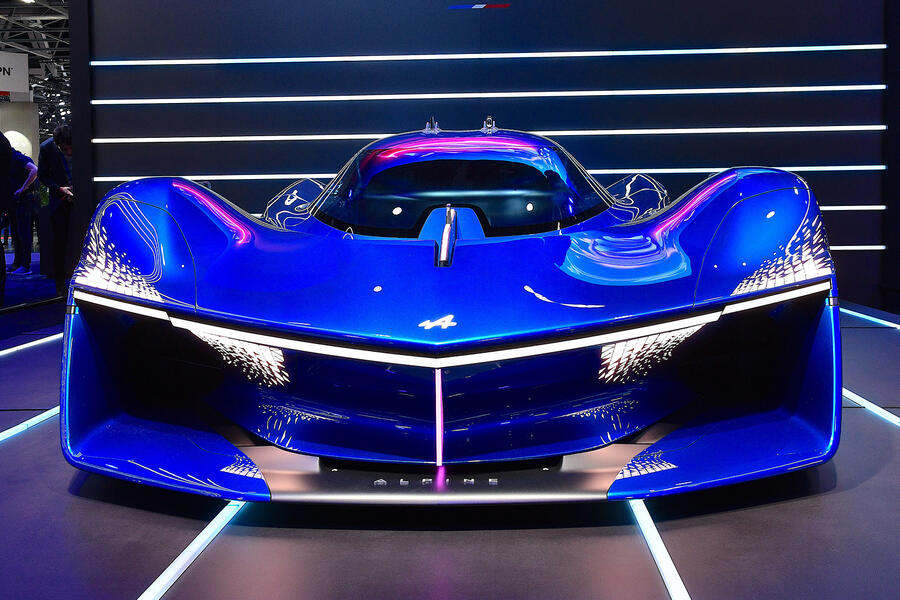
Similar attributes of a gas-burning engine – namely its soundtrack and power delivery – have been cited by Toyota, whose own efforts to refine hydrogen combustion technology for the eventual purposes of series production have also leaned heavily on its motorsport activities.

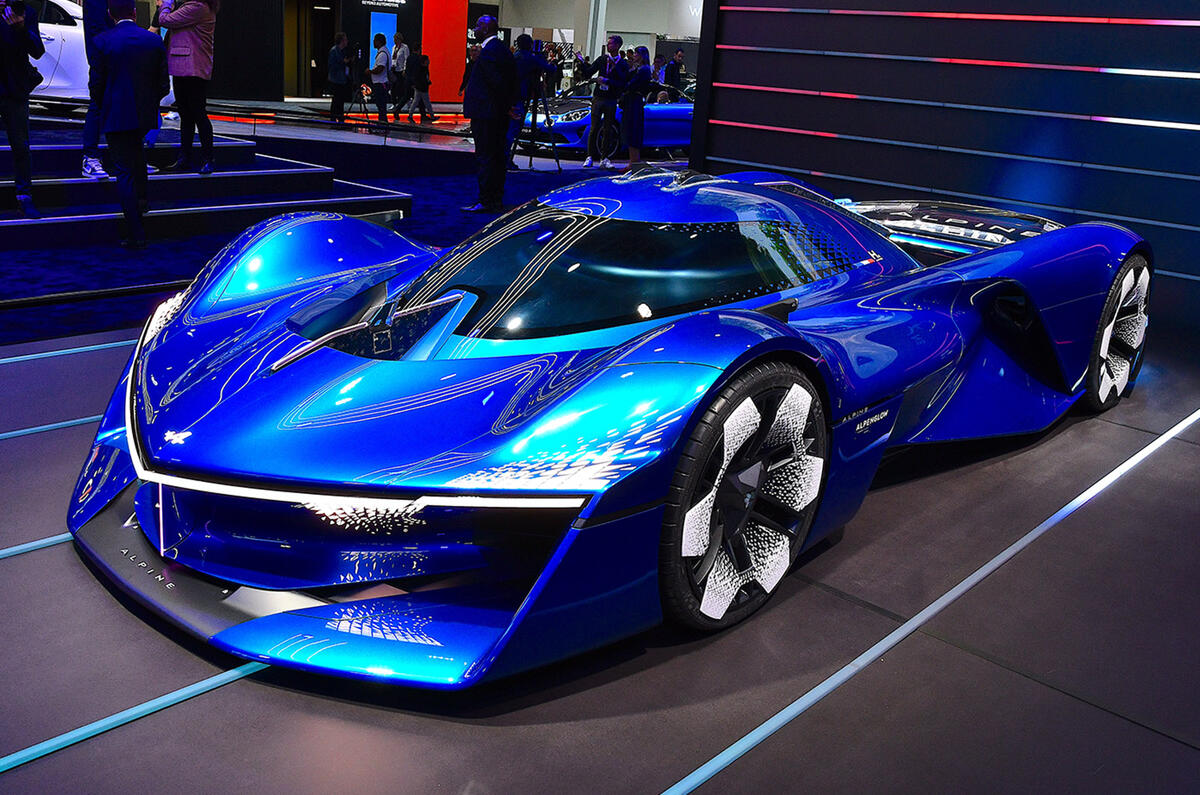

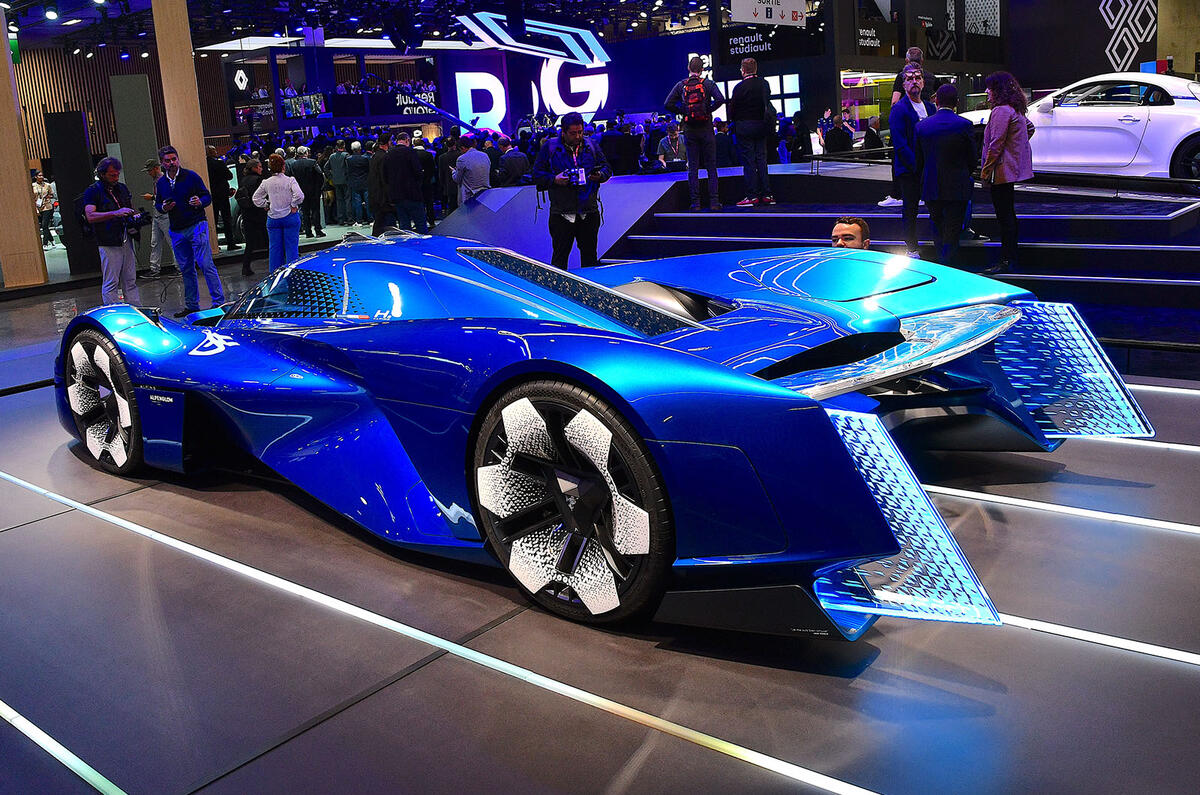
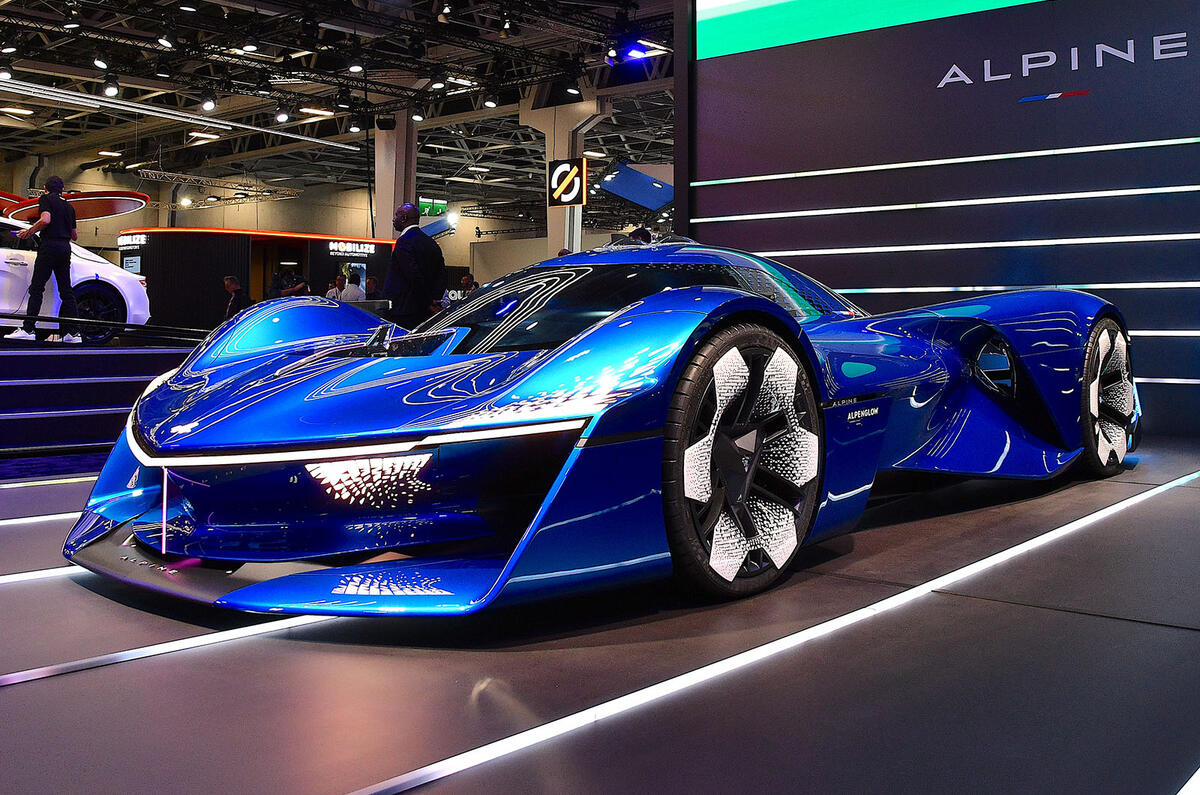





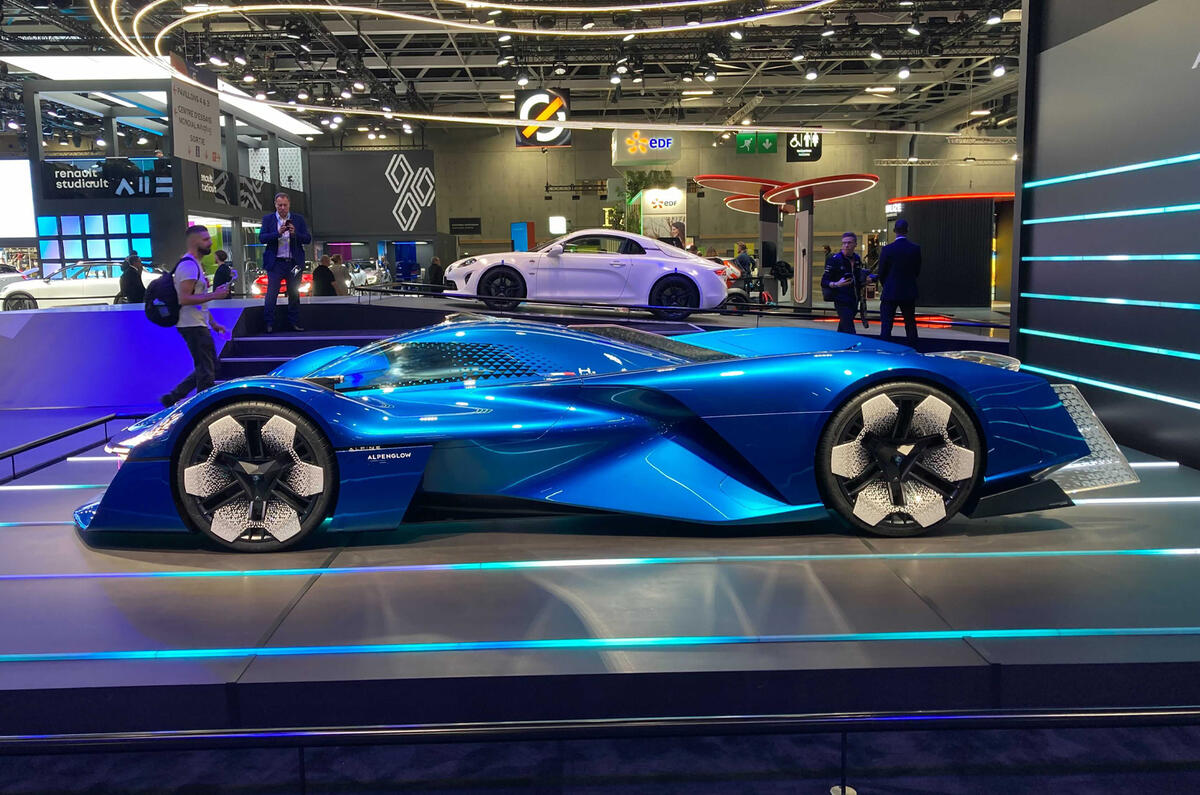
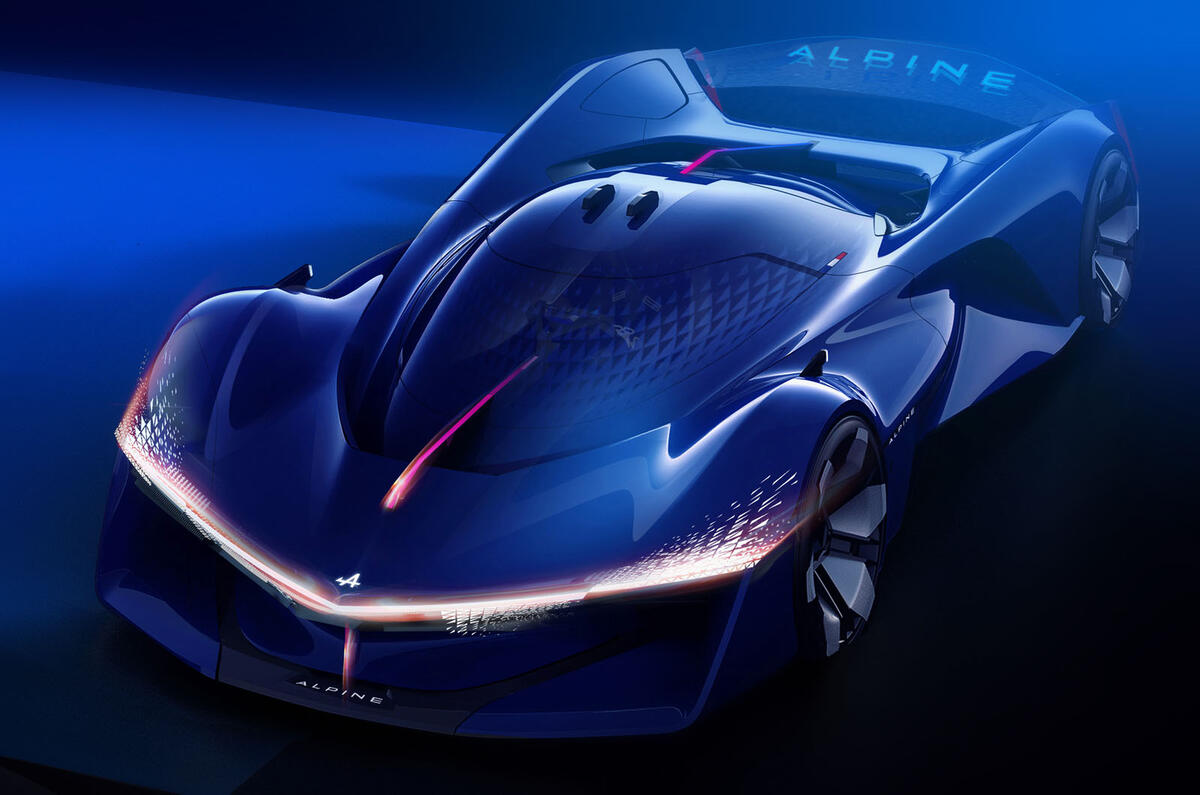
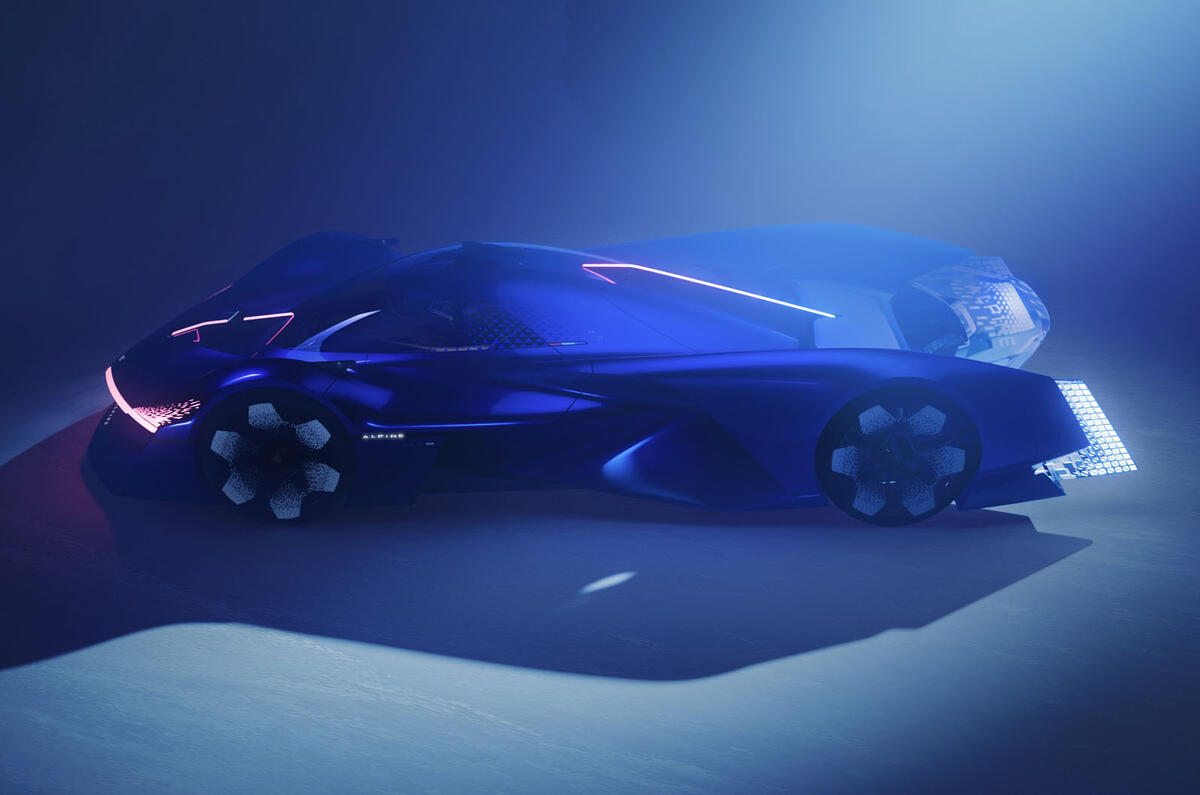
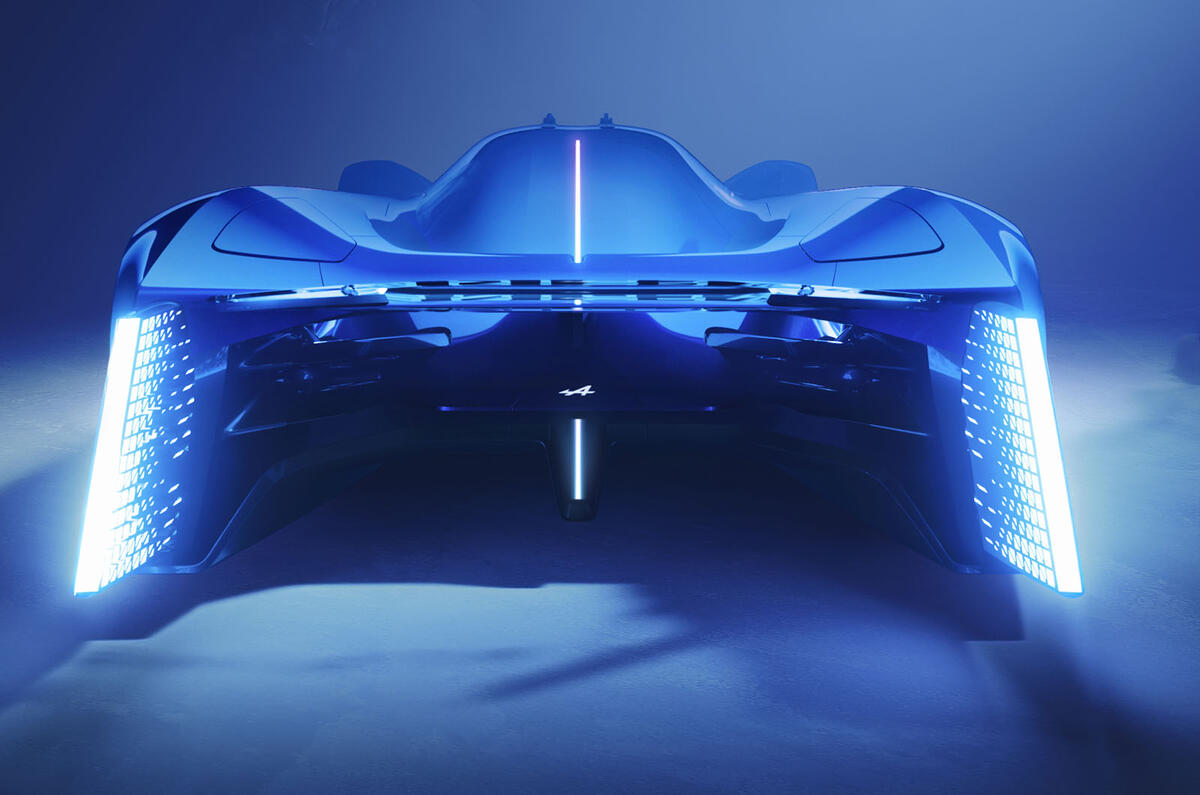
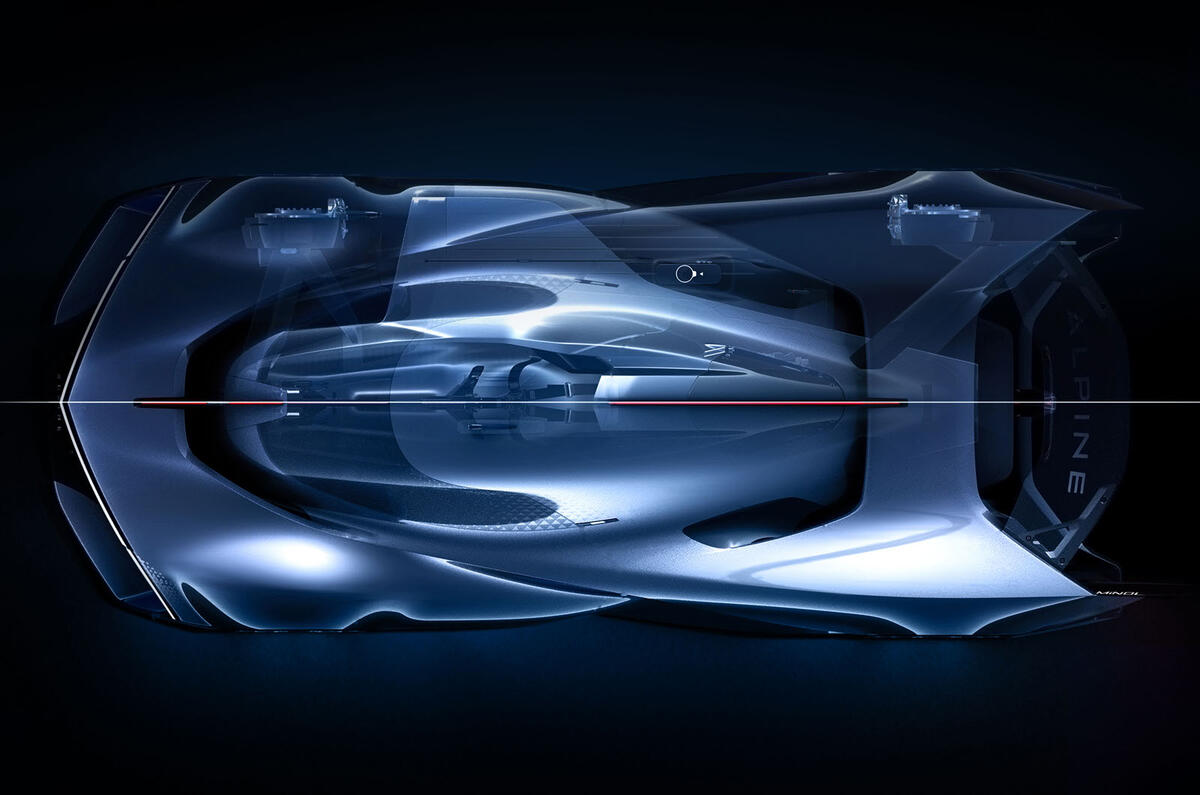
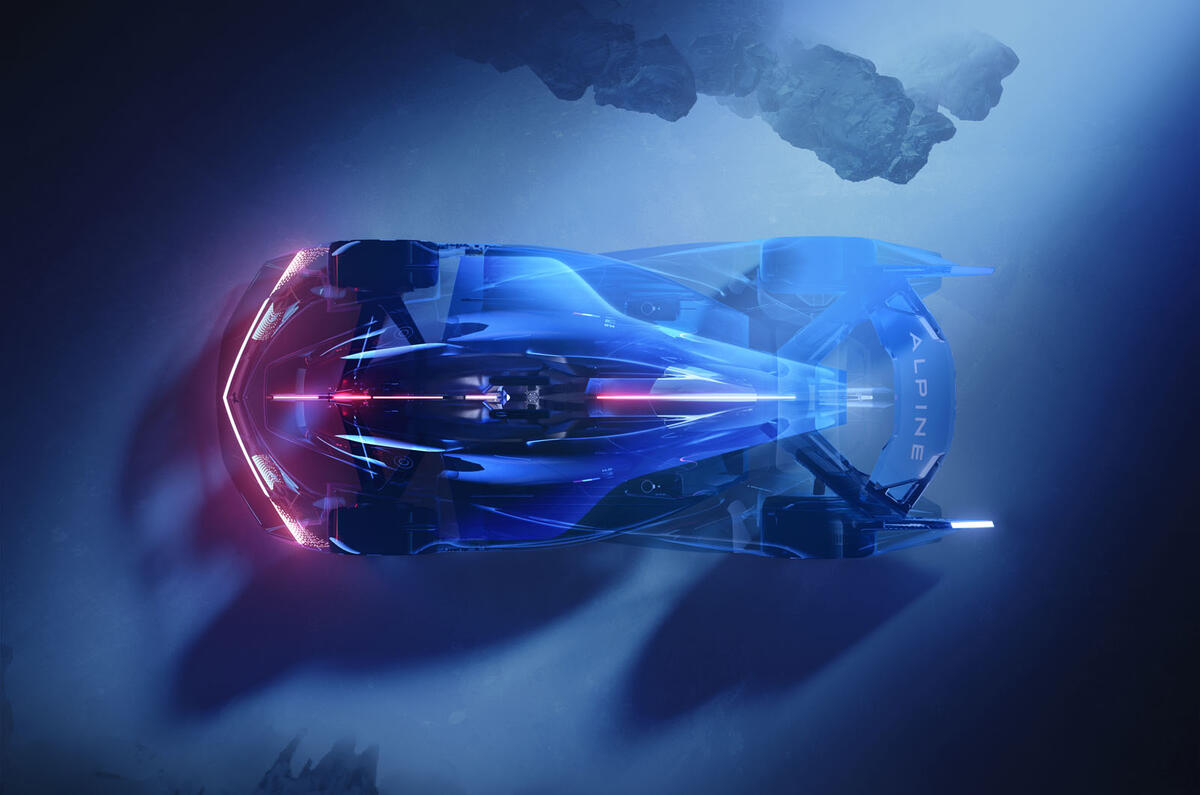

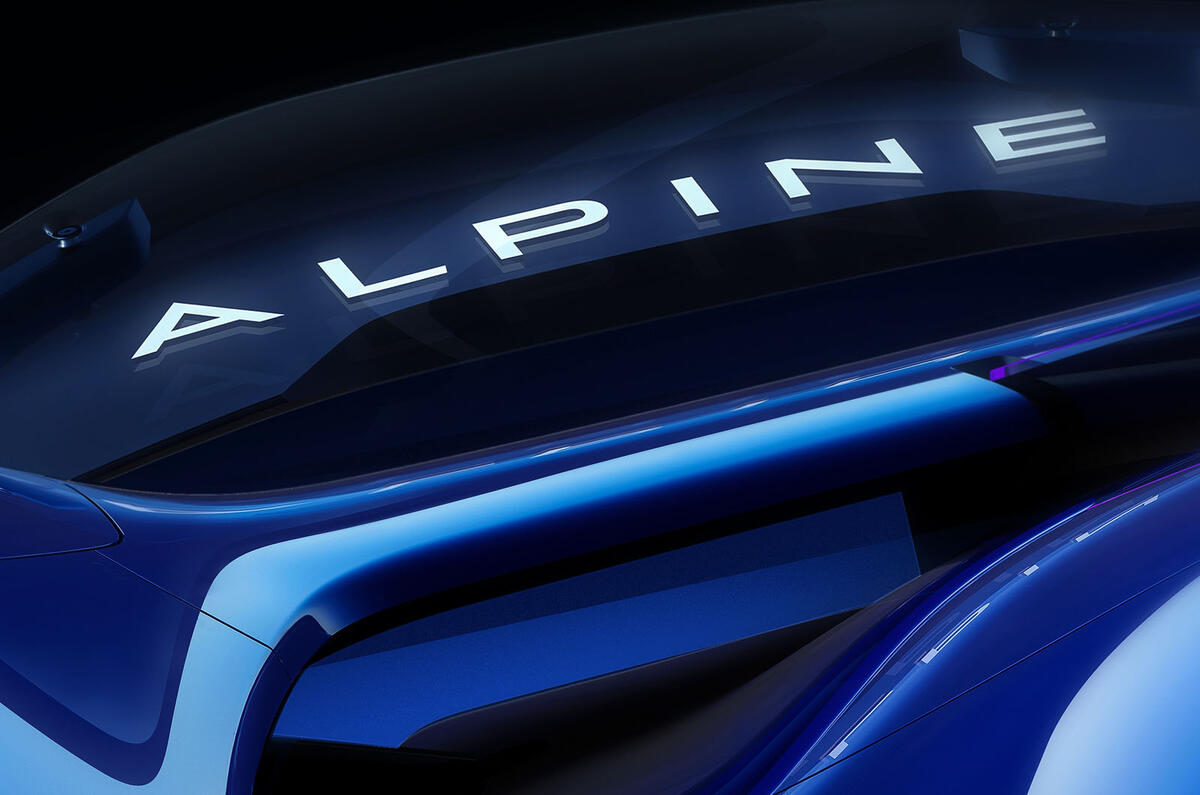

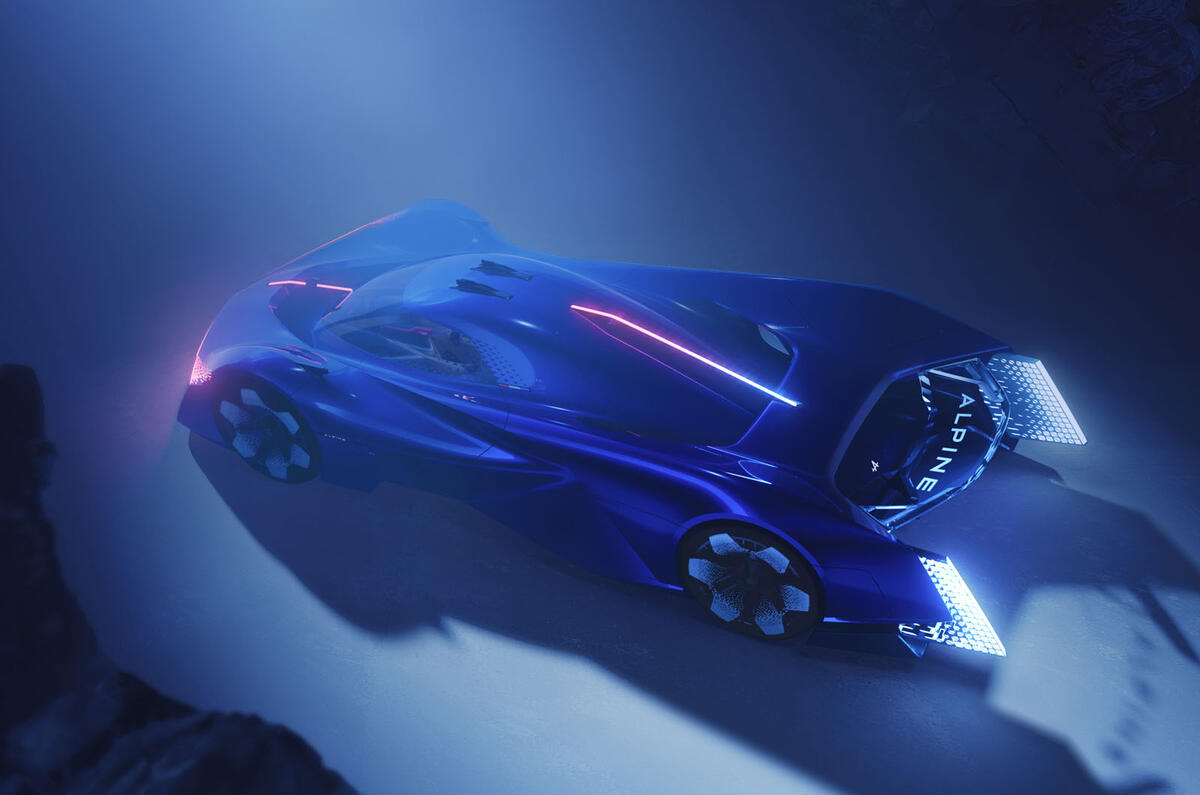
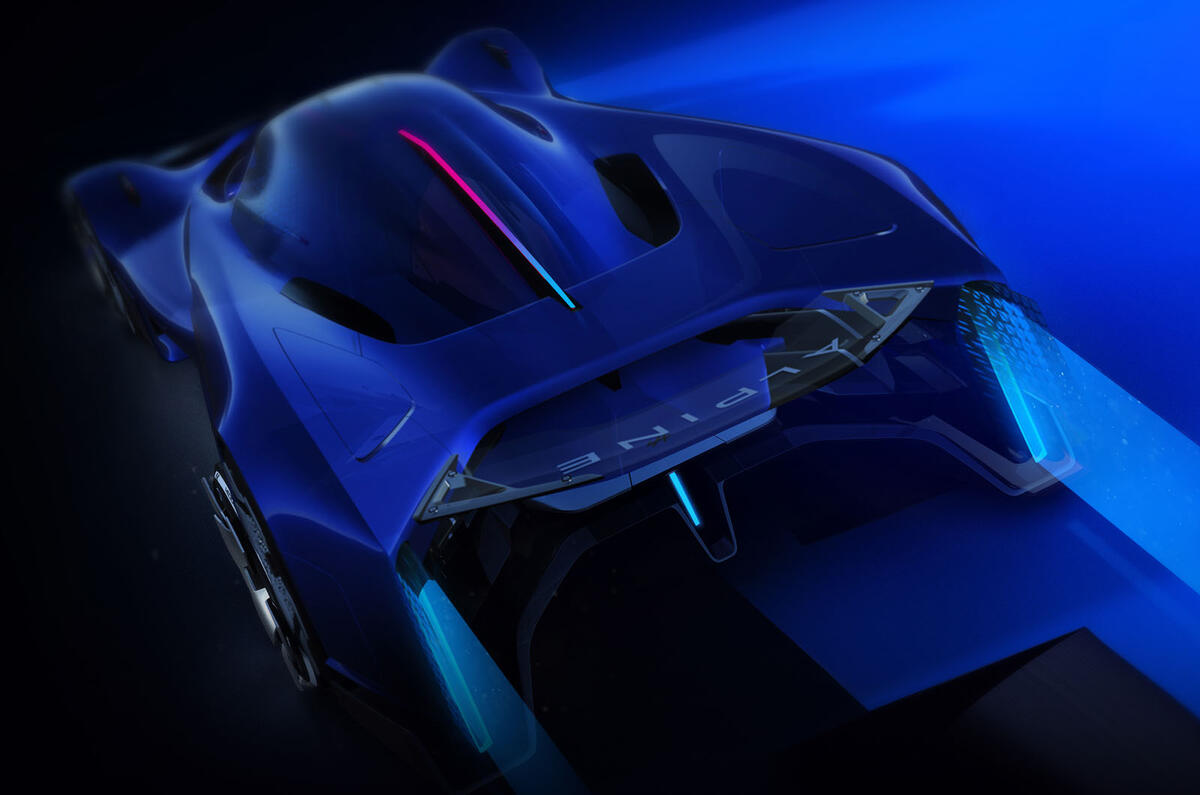
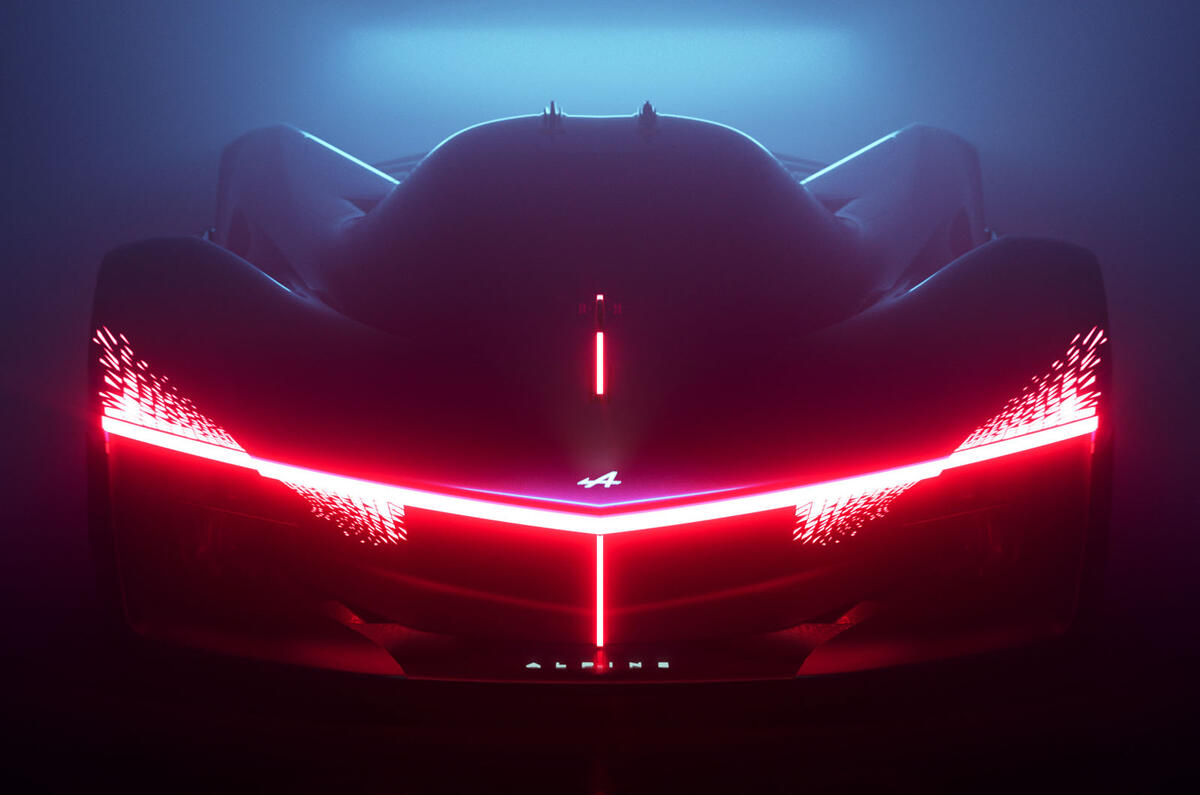
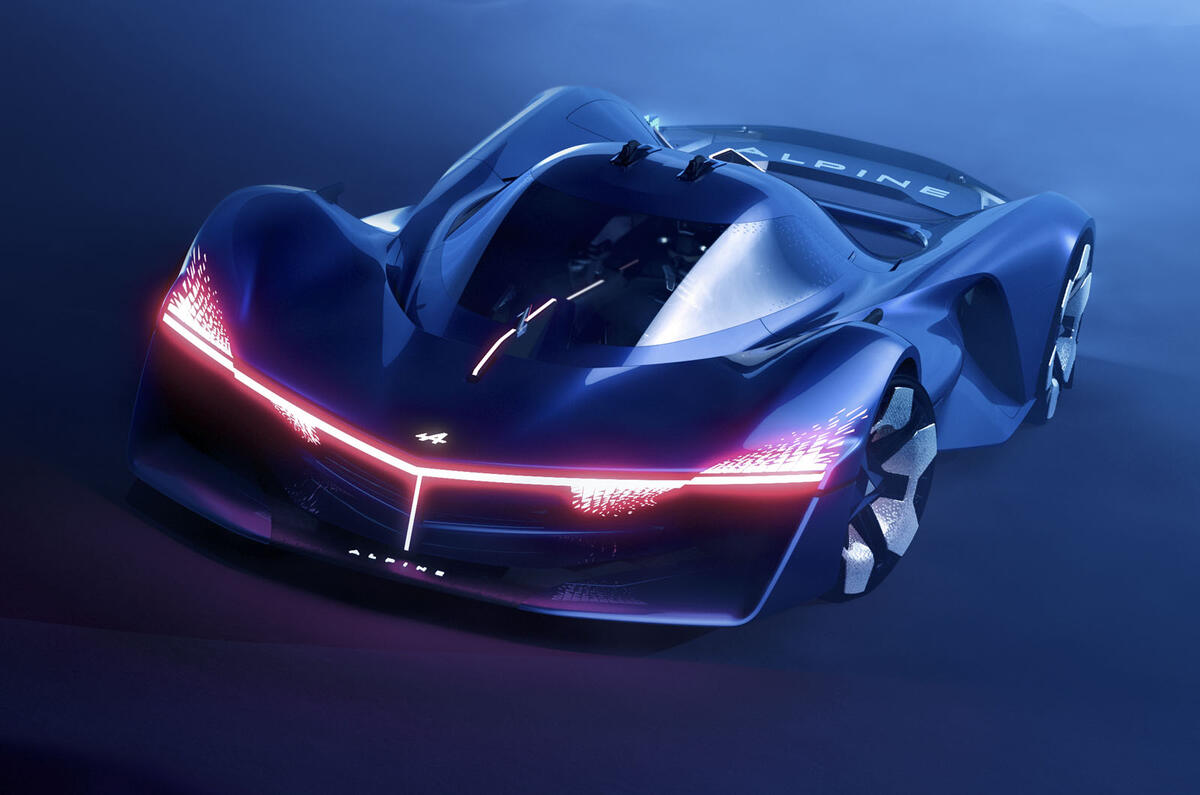
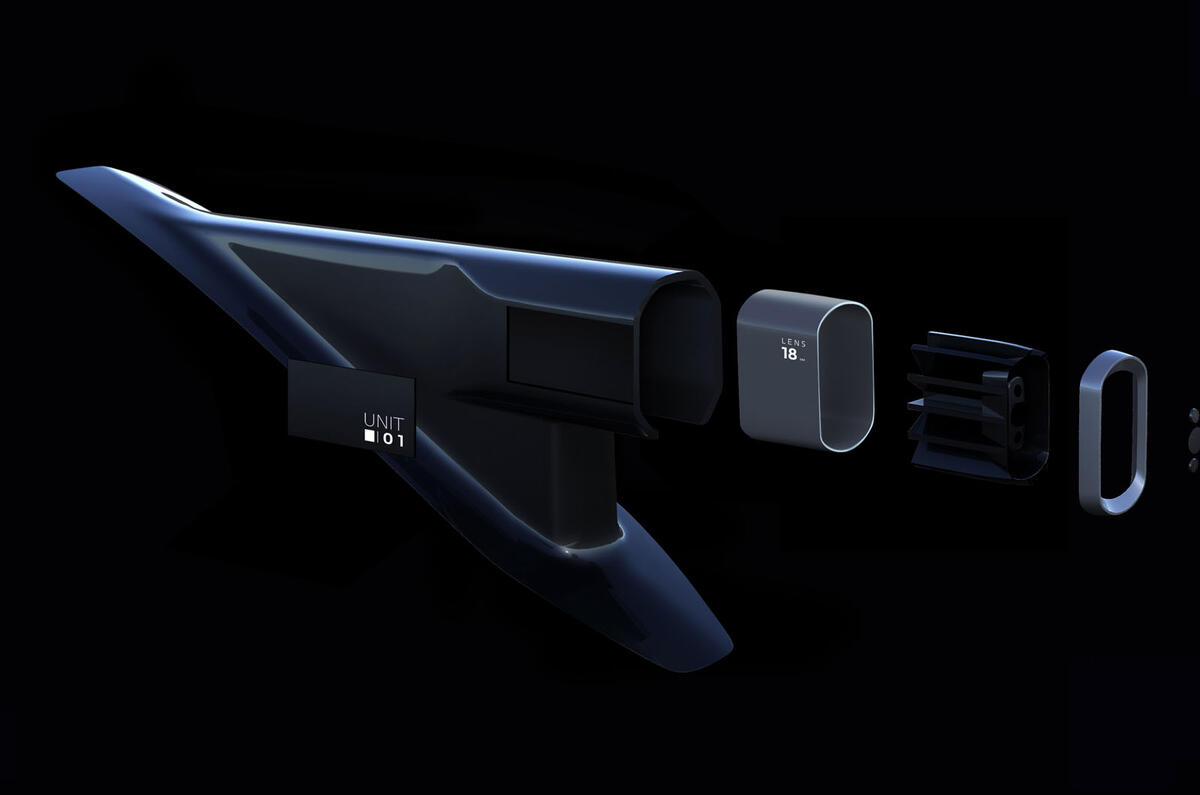

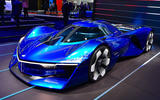
























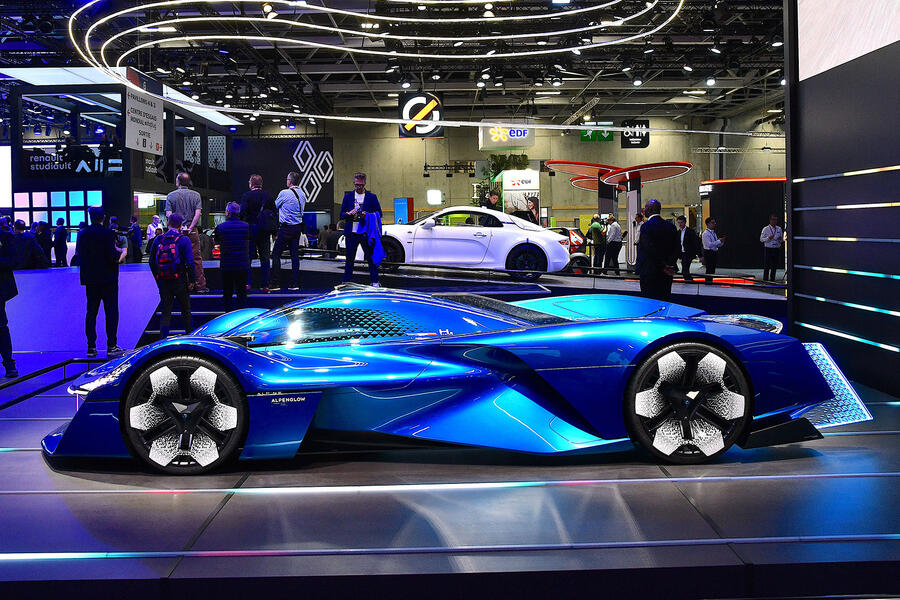
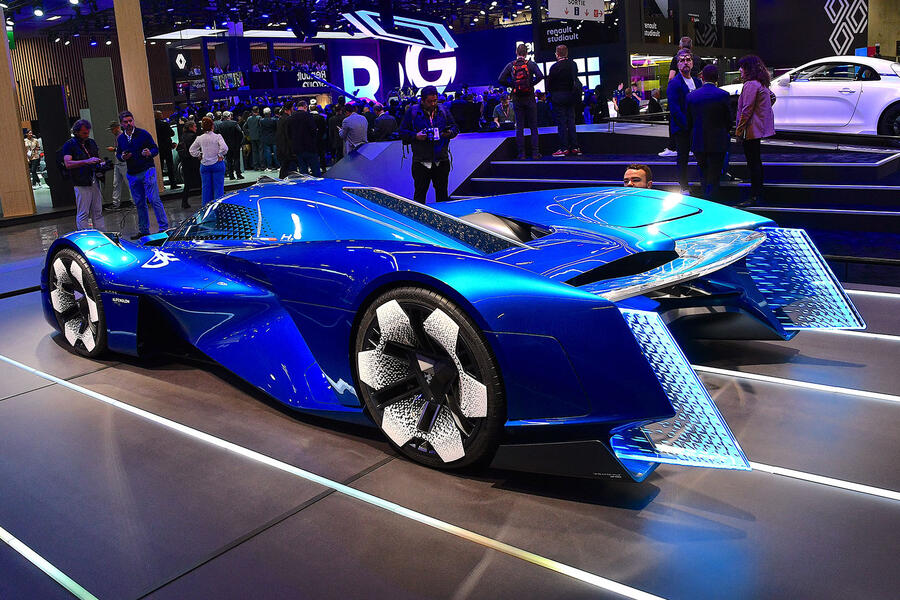






Join the debate
Add your comment
And how do they get hydrogen in a commercial scale?
Cracking fossil fuels.
#greenwashing
FFI Green Hydrogen, for just one example.
Idiot.
If you are going to use hydrogen, it's way better to use it in a fuel cell rather than a combustion engine. The fuel cell is twice as efficient and free of NOx emissions. The only 'advantage' of a combustion engine is that it creates noise and vibration and requires less investment.
I look forward to the next chapter!